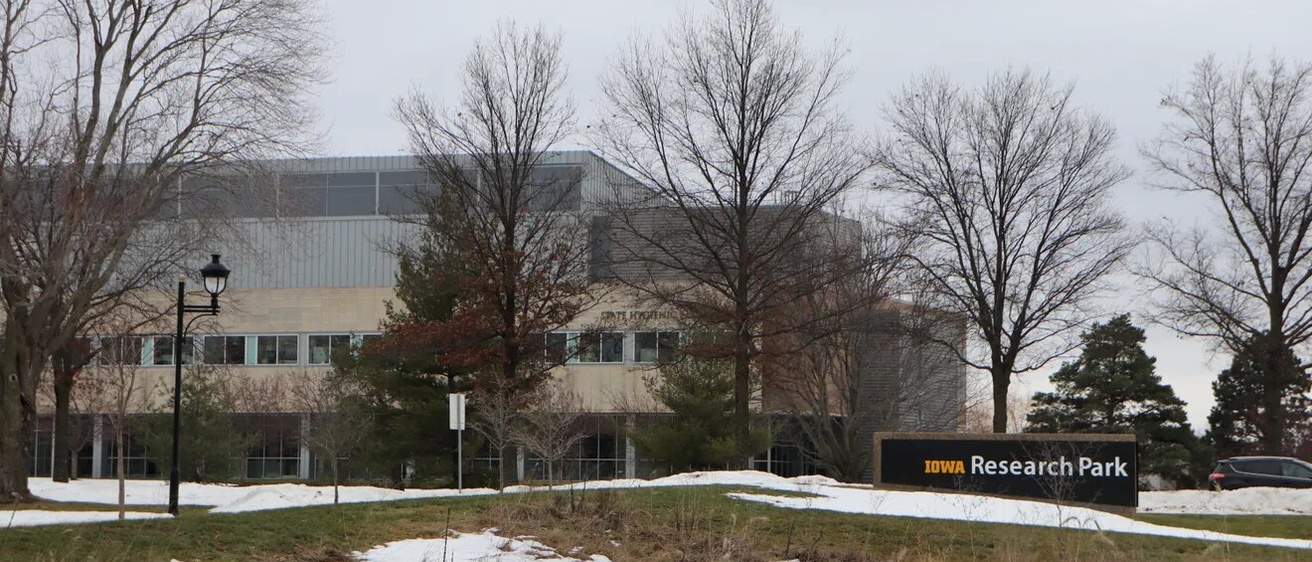A local company is using computer vision and artificial intelligence to reduce costly workplace injuries nationwide.
Coralville-based Inseer uses “ergonomic assessment software” to identify pain points at work, helping employers and staff reduce musculoskeletal disorders and injuries like shoulder and back pain.
A recent $250,000 Iowa Economic Development Authority grant will help the company improve its software to help raise the height of manufacturing lines or desks to prevent unnecessary strain on worker's bodies.
Inseer was born from a University of Iowa research project, CEO Shane Larson told the Press-Citizen and is located in the University of Iowa Research Park. The company has clients in a myriad of fields, including manufacturing jobs and hospital medical staff while a majority of Inseer's employees work remotely.
What is an ergonomic assessment and how does the tech work?
An ergonomic assessment begins with a simple smartphone video that an employer or worker films for a glimpse into a typical day of work.
That might include working in a paint room on a typical small job, lifting a heavy object, or any other demonstration that captures their full body in a typical working environment.
Those videos are then uploaded into the Amazon Cloud service and run through Inseer, where computer vision and artificial intelligence systems map out limbs and general skeletal structures for analysis.
Larson explained the next part of the process, the actual, computer-based ergonomic assessment, in simple terms.
“Say you're playing baseball,” Larson said. “With the computer vision and training models, I can compare how you throw a baseball to somebody that's really good and I can tell you, ‘Well, this is what you're doing wrong. Here's how we can make adjustments.’”
That same general structure is applied to members of a company’s workforce.
In one technology demonstration, a worker bent down to lift a heavy object to show the immense strain on their back.
The software analyzed that movement data, highlighting the lower back area of the skeletal structure in bright red. The data also provides several interactive graphs to analyze the worker’s stress and flexion on different body parts.
The processing software’s process is complicated, though the technology is refined enough to spit out results in minutes, Larson said.
Why do businesses and employees feel the need to work with this technology?
Inseer’s work is a drastic improvement from old-fashioned methods, Larson said, which often relied on simple pen and paper evaluations. The software allows for quicker assessments and more precise evaluations.
“We're doing these ergonomic assessments in minutes, compared to something that would take hours to do if you're doing you're using status quo (methods),” Larson said. “Literally, status quo can take a half day, a whole day to do one assessment when we can do it in minutes.”
It’s not just speed. Musculoskeletal injuries can also be costly.
Larson said the average cost is around $34,000 per employee, which includes healthcare such as surgery and physical therapy, worker’s compensation, and legal fees.
The Occupational Safety and Health Administration (OSHA) estimates that indirect costs for businesses can be around four-and-a-half times that figure, Larson said.
Musculoskeletal injuries aren't common, with about 25.4 per 10,000 workers suffering an injury in 2020, according to OSHA and the Bureau of Labor Statistics. Estimates based on that data mean a company with 10,000 employees would spend more than $850,000 on direct injury costs and pay nearly $4 million in residuals in an average year.
IEDA grant to help Inseer move forward with additional tech capabilities
The $250,000 grant Inseer received from the Iowa Economic Development Authority earlier this month will help the company improve and expand its assessment software.
The startup is also working on a new field of analysis, a “hand module,” which analyzes and aims to prevent carpal tunnel syndrome, Larson said. The grant money is from the IEDA’s Innovation Acceleration Launch Fund.
Inseer strives to produce a more educated and aware workforce, nationwide.
“The biggest challenge you have (as a business) is 90% of your time is spent responding to incidents rather than trying to educate your workforce or be proactive and stop them before they happen,” Larson said. “By leveraging technology, we make it so that you can do these things very quickly and then begin to focus more on predicting where you think the incidents are going to happen so you can stop them before they occur.”
